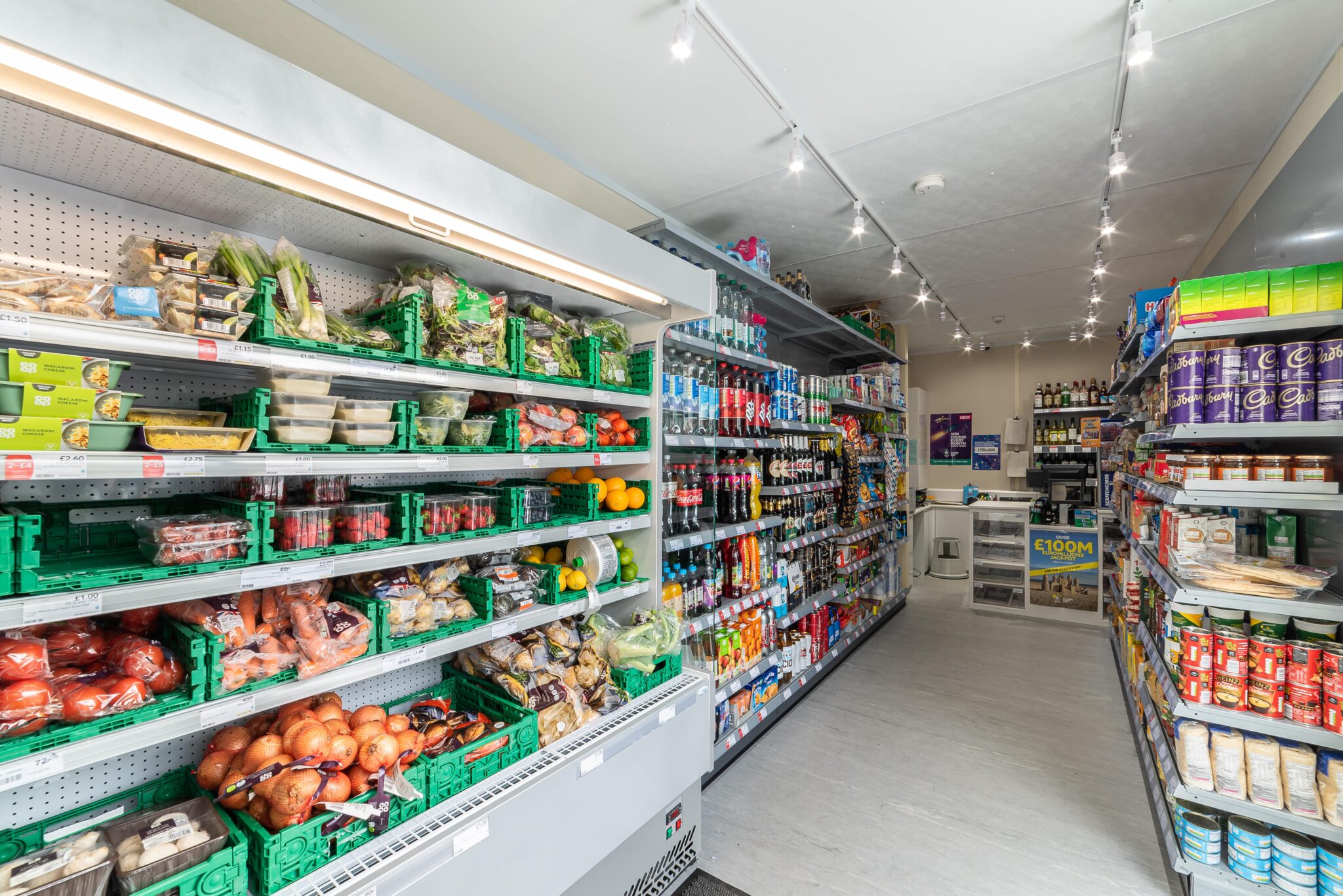In modern kitchens, electricity consumption varies widely among different appliances. Understanding which kitchen devices use the most electricity can help you manage energy costs and make more sustainable choices. This article delves into the electricity usage of various kitchen appliances, providing detailed insights into their power consumption, efficiency, and tips for reducing energy bills.
- Refrigerators: The Continuous Power Draw Electricity Consumption
- Average Usage: Refrigerators are among the highest energy consumers in a kitchen, typically using between 100 and 800 kilowatt-hours (kWh) annually. The exact amount depends on the size, type, and age of the appliance.
- Factors Affecting Consumption: Energy consumption can be influenced by the refrigerator’s size, design, and features. Models with ice makers, water dispensers, and advanced cooling systems tend to use more electricity. Efficiency and Tips
- Energy Ratings: Look for ENERGY STAR® certified models which are designed to be more energy-efficient. Newer refrigerators often have better insulation and more efficient compressors.
- Maintenance: Regularly clean the coils and ensure the door seals are intact to maintain efficiency. Keeping the fridge at the recommended temperature (around 37°F or 3°C) can also help reduce energy use. Notable Examples:
- LG French Door Refrigerators: Known for their energy-efficient technology and large capacity.
- Whirlpool Bottom-Freezer Refrigerators: Offers efficient cooling with advanced features to minimize energy consumption.
- Ovens: High Energy Demand for Cooking Electricity Consumption
- Average Usage: Conventional electric ovens typically use between 2,000 and 5,000 watts per hour during operation. The total energy consumption depends on cooking time and temperature.
- Factors Affecting Consumption: The type of oven (conventional, convection, or self-cleaning) and its usage can significantly impact electricity usage. Convection ovens, for instance, can be more efficient as they cook food faster and at lower temperatures. Efficiency and Tips
- Energy Ratings: Modern ovens with convection capabilities are generally more energy-efficient than traditional models.
- Usage: Minimize the number of times you open the oven door to prevent heat loss. Use the oven’s residual heat to finish cooking when possible. Notable Examples:
- Bosch 800 Series Ovens: Features advanced convection technology for more efficient cooking.
- GE Profile Convection Ovens: Known for their energy-efficient performance and smart features.
- Dishwashers: Hidden Power Consumption Electricity Consumption
- Average Usage: Dishwashers typically consume between 1.5 and 2.5 kWh per load. This can vary based on the model, cycle selected, and water temperature.
- Factors Affecting Consumption: Energy use can be influenced by the dishwasher’s efficiency rating, load size, and chosen wash cycle. High-temperature cycles and extended drying times increase energy consumption. Efficiency and Tips
- Energy Ratings: ENERGY STAR® dishwashers use less water and energy compared to standard models. Look for models with eco-friendly settings to further reduce consumption.
- Usage: Run the dishwasher only with full loads to maximize efficiency. Avoid using the heated dry function when possible; air drying dishes can save energy. Notable Examples:
- Miele Dishwasher: Known for its high efficiency and innovative features designed to reduce energy use.
- Samsung StormWash Dishwashers: Offers advanced cleaning capabilities with energy-saving options.
- Electric Cooktops and Ranges: Significant Energy Users Electricity Consumption
- Average Usage: Electric cooktops and ranges typically use between 1,500 and 3,000 watts per burner. The total consumption depends on the number of burners used and cooking duration.
- Factors Affecting Consumption: Induction cooktops are generally more energy-efficient than traditional electric cooktops, as they heat pots and pans directly rather than the cooking surface. Efficiency and Tips
- Energy Ratings: Induction cooktops are a more energy-efficient choice, offering faster cooking times and less heat loss.
- Usage: Match pot sizes to burner sizes to reduce energy waste and use lids to retain heat and cook food faster. Notable Examples:
- Frigidaire Professional Induction Cooktop: Known for its precise heating and energy efficiency.
- Wolf Dual Fuel Ranges: Combines gas and electric cooking for optimal performance and efficiency.
- Microwaves: Quick but Energy-Intensive Electricity Consumption
- Average Usage: Microwaves typically use between 600 and 1,200 watts during operation. While they consume less power than ovens, they are still notable energy users due to their high wattage.
- Factors Affecting Consumption: The power level and cooking time directly impact the amount of electricity used. Efficiency and Tips
- Energy Ratings: Opt for microwaves with inverter technology for more consistent and efficient power use.
- Usage: Use microwaves for smaller and quicker cooking tasks to save energy compared to using an oven or stovetop. Notable Examples:
- Panasonic Inverter Microwaves: Known for their energy-efficient inverter technology and even cooking.
- LG NeoChef Microwaves: Offers precise control and energy-saving features.
Conclusion
Understanding the electricity consumption of kitchen appliances is essential for managing energy use and reducing costs. Refrigerators, ovens, dishwashers, electric cooktops, and microwaves are among the highest consumers of electricity in the kitchen. By choosing energy-efficient models and adopting mindful usage practices, you can significantly lower your energy bills and contribute to a more sustainable household.

